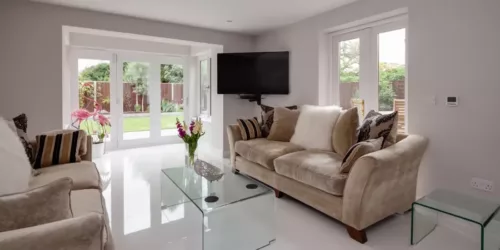Energy Efficient Windows: A Guide To Better Window Energy Efficiency
- Cut energy costs by around £150 a year
- Increase the value of your home by around 10%
- Use our online calculator to get a free quote for double glazing in seconds
Have you thought about enhancing energy efficiency by draught-proofing your windows? Don’t automatically assume the only route to energy efficient windows is via double glazing.
There are other options. If you want to explore draught-proofing, there are a number of ways you can draught-proof your windows and make big savings on costly double glazing. For double glazing too, there are ways to trim costs.
Of course, this all depends on the condition of your existing windows. If your current windows are in a poor state or still consist of a traditional single pane, you’ll most likely want to go down the route of double glazing for much more energy efficient windows.
It’s worth investigating because around 10% of the heat we pay so much to produce exits our homes through our windows. That means if you want to boost energy efficiency, your windows will need attention.
10% of wasted energy translates to around £150. Upgrading to energy efficient windows could slash that figure from your annual energy bill whilst reducing your household carbon emissions.
Whether you opt to draught-proof your windows or go the full distance and update or install double glazing, here’s all you need to know about how to make your windows more energy efficient.
We’ll explore the following topics in full to answer all your questions about how to achieve optimum energy efficient windows.
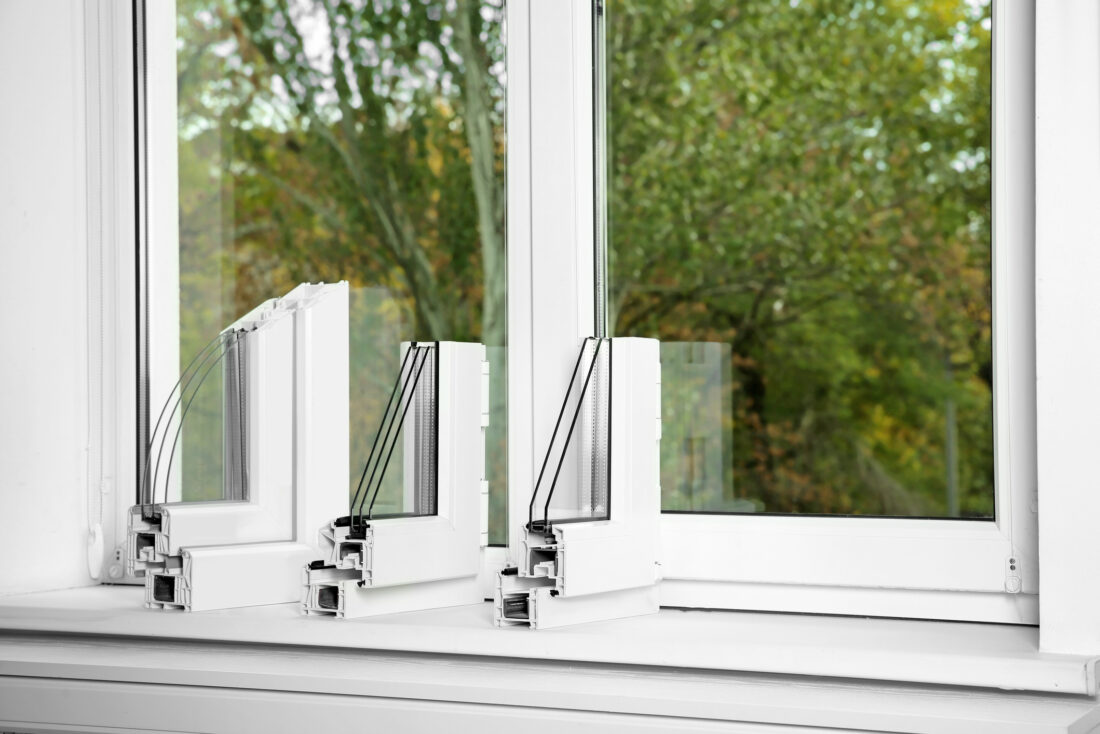
What's On This Page?
Click the links below and head straight to a specific section of the article.
Can you make existing windows more energy efficient?
The first step to energy efficient windows is to upgrade your existing windows. However, first of all you need to take an honest look at your window frames, panes and seals and consider whether your windows are in need of an upgrade.
You could get an energy efficiency audit so you can clearly understand what needs to be done to improve the energy efficiency of your property. Alternatively, you might want to have a qualified window installer assess the state of your current windows and advise whether to upgrade or replace. An expert is better suited to judging how energy efficient your windows are.
So if your windows are in good condition and you decide to go for draught-proofing – what does it involve?
Draught-proofing is just a technical term for plugging gaps. For energy efficient windows, we’re talking about bolstering the work of the natural seal around the frame and window opening points.
Clearly purposeful gaps designed for ventilation, such as window vents and bathroom extractor fans, should be left as they are.
Are trickle vents still needed in windows?
Draught-proofing can be done professionally but these are add-ons to your existing windows so you can easily install them yourself. You are able to get energy efficient windows by draught-proofing your existing setup.
Best ways to draught-proof existing windows
Upgrade seals: The point where the window meets the frame has a natural seal, but this becomes less efficient over time for various reasons. You can make your windows energy efficient by upgrading this seal.
To make the point of closure tighter so there are no gaps you can add plastic, foam or metal wiper seals, also known as scrapers. Plastic or metal wiper seals provide a higher grade of seal, are more robust and last longer. Foam strips are the lowest priced solution.
If a window is no longer in use, you could choose to seal it with sealant instead of using wipers. However, that will halt your option to open the sealed window if you decide to use the room in a different way.
Switch curtains: Energy efficient windows could simply be a new pair of curtain away. Curtains are a simple and quick way to keep warm air inside. Make them thick, long and lined, and you’ll have an instant barrier between your windows and the room, which you can open and close as necessary.
Want to know more about double glazing repairs for energy efficient windows? Read our accompanying guide.
If your windows are in need of replacement, double glazing, or even triple glazing, is highly likely to be your route to better efficiencies. The best types of double glazing for energy efficient windows can be seen in the following section, which also offers further benefits, such as soundproofing and reduced condensation.
You can see the conditions for condensation on windows in the graph below. Compared to the outside and indoor temperatures, you can determine when condensation is likely to appear. This can also be used in relation to cold patches on walls, as well as windows. Look at your room temperature compared to your humidity level and see where the rough condensation point is.
Best types of double glazing for energy efficiency:
Low Emissivity Glass (Low- E glazing): Low-E glass is finished with a coating of metal oxide that’s invisible to the naked eye. This protective coating makes low emissivity glass the best type of glass for energy efficient windows.
Not only does Low-E glass send heat and light back into the room, it also filters ultraviolet and infrared light. Optimum light quality and superior insulation makes Low-E glass the highest grade of double glazing on the market.
Opt for soft-coat Low-E glass rather than hard-coat because it will deliver optimum performance for both summer and winter weather.
12-16mm Gap: It is possible to order double glazing with different sized gaps between the two panes. Aim for a gap between 12-16mm. 16mm is the average size of the gap between the two panes. However, for top energy efficient windows, a slightly smaller gap of 12 or 14mm will help to retain the heat better.
Energy Efficiency Rating: The energy efficiency of the glass you choose for your double glazing is important. The most energy efficient glazing will have an A++ rating, whilst Building Regulations specify the lowest grade you can install is C-rated glass. Although it's an additional cost, energy efficient windows have the highest ratings.
U-Rating: You’ll also need to check the U-rating of your chosen glass. The U-rating scores the degree of heat that can escape through the glazing. Look out for high U-ratings for glass that insulates well.
Remember to always get at least three quotes for double glazing so you can compare prices, or get a free quote online from our trusted experts.
Inert Gas Fillers: You might opt to use an inert gas filler in the gap between the two panes to take your energy efficient windows to a higher level.
Inert gas fillers, such as argon, krypton or xenon, can be used to upgrade the air that fills the gap in standard double glazing. More concentrated than air, a gas filler creates an additional layer of insulation, making it even harder for temperature to pass through the layers.
All three inert gases for double glazing are safe and non-toxic. Argon is the most well-known of the three, with the ability to increase your energy efficient windows by around 30%. Krypton offers even greater performance than argon but at a much higher cost.
When krypton is used, it tends to be for triple glazing. Xenon is much newer than argon or krypton, offering superior performance but at the highest cost of the three. Xenon tends to be more used for commercial windows because its efficiency is superior.
Wondering about triple glazing? Discover all you need to know in our guide to triple glazing or get a free quote for double glazing and see how much you’d pay in seconds.
How much can I save with double glazing?
Depending on the size of your home and type of double glazing you install, you could save around £150 annually with energy efficient windows. Double glazing costs gives insight into what you can expect to pay in 2024. Let’s take a look at how double glazing helps with energy bill savings when compared with different sizes of UK homes:
How much can I save?
Terraced homes: For a terraced home in the UK, installing high-grade A-rated double glazing could bring annual savings on energy costs of around £70 - £90. Choosing B-rated double glazing brings this down to £60 - £80. For C-rated energy efficient windows, reductions come in to £60 - £75 off your energy bills.
Detached homes: A larger, detached home means higher energy bills, so there are even greater savings to make when you install energy efficient windows.
A detached home with A-rated double glazing could save around £120 - £160 every year. If you install B-rated double glazing, savings don’t drop too much, coming in at around £110 - £145 annually. Opt for C-rated double glazing and savings are still around £110 - £135.
Semi-detached homes: For a medium-sized semi-detached house, annual savings with A-rated energy efficient windows are around £85 - £110. Meanwhile, B-rated double glazing delivers reductions of around £75 - £110 and C-rated £75 - £95.
Get a clear idea of how much you’ll pay for double glazing with a tailored quote from our expert installers in minutes. You could only be a click away from energy efficient windows. Alternatively, the best double glazing companies ranks some of the best companies operating in the UK.
Related articles
View all Glazing articles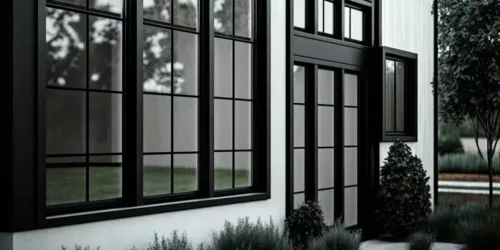
How Much Would It Cost to Double Glaze a 3 Bedroom House?
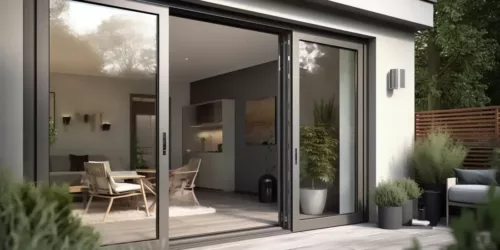
A Complete Guide to Double Glazing Doors

Replace Your Double Glazed Unit - A Useful Guide
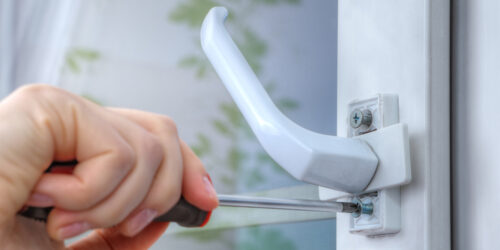
Double Glazing Repairs – All You Need to Know
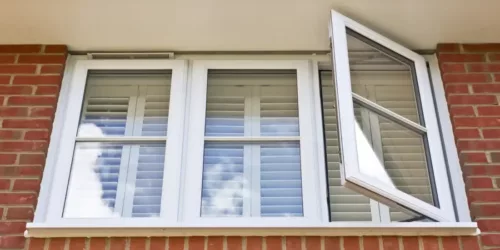
Trickle Vents in Windows: Are They Still Needed?
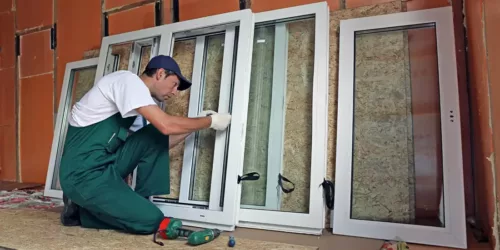
Double Glazing Repair – Is It Worth It?
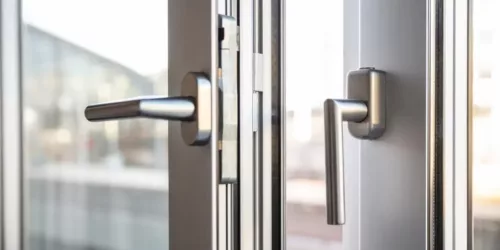
A Comprehensive Guide to Window Handles
